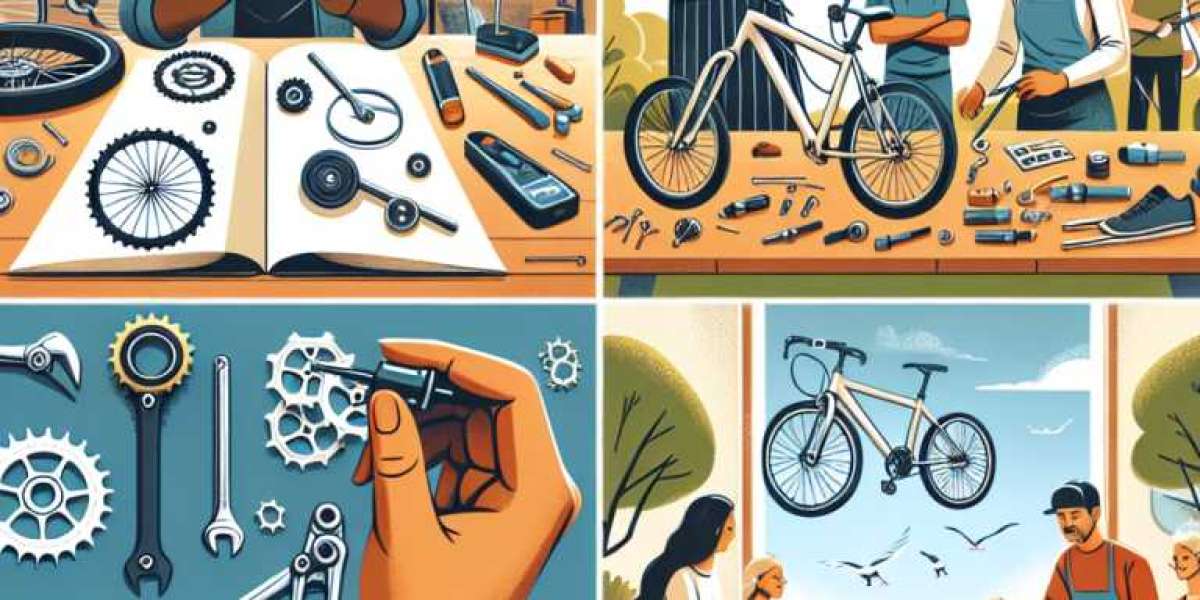Computer Numerical Control (CNC) machining has revolutionized modern manufacturing, particularly in the medical industry. With its unmatched precision, repeatability, and ability to produce highly complex geometries, CNC machining is essential in the production of medical devices. Whether for surgical instruments, orthopedic implants, or diagnostic equipment components, CNC machining for medical devices ensures superior quality and compliance with strict medical standards.
Why CNC Machining is Ideal for Medical Device Manufacturing
1. Unmatched Precision and Accuracy
CNC machining enables the creation of parts with extremely tight tolerances—often as low as ±0.0001 inches. This level of precision is vital for medical devices, which must perform reliably inside the human body or in high-stakes clinical environments.
2. Consistency and Repeatability
Once a CAD/CAM program is set, CNC machines can replicate the same part hundreds or thousands of times with consistent quality. This is especially critical for mass production of standardized medical parts like screws, plates, or tubing components.
3. Wide Range of Materials
Medical devices often require biocompatible materials such as titanium, stainless steel, PEEK, and medical-grade plastics. CNC machines are capable of machining all of these materials while maintaining structural integrity and cleanliness.
4. Complex Geometries
Modern medical devices often involve intricate designs and internal structures. Multi-axis CNC machines (such as 5-axis machining) can create complex parts without the need for multiple setups, improving efficiency and accuracy.
Common Applications of CNC Machining in the Medical Field
1. Orthopedic Implants
CNC machining is extensively used to manufacture custom and standardized implants including hip and knee replacements, spinal implants, and bone plates. These implants require smooth surfaces, durability, and precise dimensions.
2. Surgical Instruments
Surgical tools such as forceps, clamps, scalpel handles, and scissors are often produced using CNC milling and turning. These instruments must be both highly functional and sterilizable, which CNC machining can accommodate.
3. Dental Devices
CNC machines are used to create dental crowns, bridges, and implants with exceptional fit and finish. High-speed milling machines can produce custom prosthetics based on 3D scans of the patient’s mouth.
4. Prosthetics and Assistive Devices
Advanced prosthetics, orthotic components, and wearable medical devices benefit from CNC machining due to its customization capabilities and material versatility.
5. Diagnostic Equipment Components
Devices like MRI machines, CT scanners, and ultrasound equipment rely on precision components such as housings, connectors, and mechanical assemblies—many of which are machined to exact specifications.
CNC Machining Processes for Medical Devices
1. CNC Milling
Milling is used to create 3D shapes, slots, and contours. It’s ideal for crafting prosthetics and surgical components with complex designs.
2. CNC Turning
Turning is effective for producing cylindrical or round components such as screws, rods, and pins often used in orthopedic and dental applications.
3. Swiss Machining
Swiss CNC machines offer unparalleled precision for small, intricate parts—making them a go-to for surgical instruments and implants.
4. 5-Axis CNC Machining
For parts with multi-directional features, 5-axis machining provides efficiency and accuracy with fewer setups and tighter tolerances.
Quality Assurance and Regulatory Compliance
1. ISO 13485 Certification
Medical CNC machining providers often hold ISO 13485 certification, indicating compliance with international medical device manufacturing standards.
2. Cleanroom Manufacturing
In some cases, parts must be manufactured in sterile or contaminant-free environments. Many CNC machine shops offer cleanroom capabilities to meet these needs.
3. Inspection and Testing
Medical parts undergo rigorous inspection using CMM (Coordinate Measuring Machines), optical comparators, and other advanced metrology tools to ensure dimensional accuracy.
Benefits of CNC Machining for Medical Device Companies
Faster Time to Market: Rapid prototyping and scalable production accelerate product development cycles.
Customization: CNC machining supports the creation of custom patient-specific devices.
Cost-Effective Production: Especially in small to medium runs, CNC machining reduces tooling costs and minimizes waste.
Global Supply Chain Integration: Many CNC shops offer global delivery and supply chain support, ensuring consistent part availability.
Challenges in Medical CNC Machining
While CNC machining offers numerous advantages, there are challenges to consider:
Stringent Regulatory Requirements: Manufacturers must meet FDA, ISO, and other compliance standards.
High-Precision Tooling Costs: Specialized tooling and machines may require significant investment.
Material Handling: Biocompatible materials may be expensive or difficult to machine.
Future Trends in CNC Machining for Medical Devices
1. Integration with Additive Manufacturing
Hybrid systems combining CNC machining and 3D printing are emerging to produce complex parts more efficiently.
2. Automation and Robotics
Automated part loading and AI-driven quality inspection are improving throughput and reducing human error.
3. Digital Twins and Simulation
Advanced CAD/CAM software now includes digital twin models and machining simulations to optimize toolpaths before production.
Conclusion
CNC machining continues to be a cornerstone of innovation and quality in the medical device manufacturing industry. Its ability to deliver precision, scalability, and compliance makes it indispensable for producing everything from surgical tools to life-saving implants. As the medical field evolves with new technologies and patient-specific solutions, CNC machining will remain at the forefront—driving advancements in healthcare and enhancing patient outcomes around the world.








